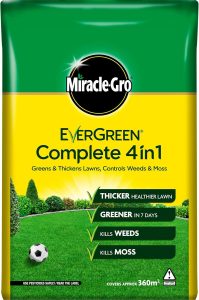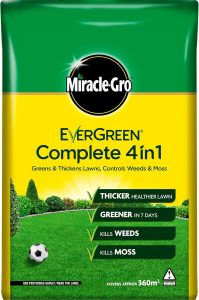As the days grow shorter and colder outside, the thought of a thriving herb garden may seem like a distant memory. But fear not, for there is a solution that allows you to enjoy the fresh flavors and aromas of your favorite herbs year-round: growing them indoors. In this article, we will explore a variety of tips and tricks to help you cultivate a successful indoor herb garden that will keep your dishes flavorful and your home smelling sweet. So grab your gardening gloves and get ready to bring a touch of the outdoors inside with our guide to growing herbs indoors.
Selecting the Right Herbs for Indoor Growth
When it comes to growing herbs indoors, selecting the right herbs is essential for success. Consider the following tips and tricks to ensure your indoor herb garden flourishes:
First, choose herbs that thrive in indoor environments with limited sunlight. Some great options for indoor growth include basil, mint, chives, and parsley. These herbs require minimal sunlight and can be easily grown on a sunny windowsill or under artificial lighting. Secondly, consider the space and containers available for your indoor herb garden. Herbs like rosemary and thyme can grow quite large, so make sure you have ample space for their roots to spread. Opt for containers with proper drainage to prevent overwatering and root rot.
Creating the Ideal Growing Environment Inside
When it comes to for your herbs, there are a few key factors to consider. One of the most important aspects is providing the right amount of light. Herbs typically require around 6-8 hours of sunlight per day, so be sure to place your indoor herb garden near a window where they can receive plenty of natural light. If natural light is limited in your space, consider using grow lights to supplement.
Another important factor to consider is humidity. Most herbs prefer a slightly humid environment, so be sure to mist them regularly or place a tray of water near your plants to increase moisture levels in the air. Additionally, be mindful of the temperature in your home. Herbs generally thrive in temperatures between 60-75°F, so try to keep your indoor herb garden in a room with a consistent, moderate temperature.
Tips for Watering and Fertilizing Indoor Herbs
When it comes to watering your indoor herbs, it’s important to strike the right balance. Overwatering can lead to root rot, while underwatering can cause the herbs to wilt and die. To keep your herbs thriving, follow these tips:
- Use a well-draining potting mix: Make sure the soil has good drainage to prevent waterlogged roots.
- Check the soil moisture: Stick your finger into the soil up to the first knuckle. If it feels dry, it’s time to water.
- Water thoroughly but infrequently: Give your herbs a deep watering when the soil is dry, but avoid constantly keeping the soil wet.
When it comes to fertilizing your indoor herbs, a little goes a long way. Over-fertilizing can actually harm your plants, so it’s best to follow a few simple guidelines:
- Choose a balanced fertilizer: Look for a fertilizer with equal parts nitrogen, phosphorus, and potassium.
- Fertilize sparingly: Only fertilize your herbs every 4-6 weeks during the growing season.
- Follow the instructions: Always follow the recommended dosage on the fertilizer packaging to avoid damaging your plants.
Harvesting and Using Your Homegrown Indoor Herbs
After months of carefully tending to your indoor herb garden, it’s finally time to reap the rewards of your hard work. When it comes to harvesting your homegrown herbs, timing is key. Make sure to pick your herbs in the morning before the sun is at its peak, as this is when their flavor and aroma are at their best. Use clean, sharp scissors or shears to cut the herbs just above a set of leaves, encouraging more growth.
Once you’ve harvested your herbs, it’s time to put them to good use in your culinary creations. Fresh herbs can elevate any dish, adding a burst of flavor and freshness. Consider making herb-infused oils or vinegars, drying herbs for future use, or simply adding them to salads, soups, and stews. The possibilities are endless when it comes to incorporating your homegrown herbs into your cooking.
Insights and Conclusions
With these simple tips and tricks, you can easily grow a thriving indoor herb garden all year round. From choosing the right herbs to providing them with the proper care, cultivating your own herbs indoors is a rewarding and fulfilling experience. So go ahead, get your hands dirty and watch your herbs flourish in the comfort of your own home. Happy gardening!




